
In the Leaching Process of materials, based on the differences in the flow directions of the leached materials and leaching reagents, three leaching processes can be identified.
1. Co-current Leaching
In co - current leaching, the leached materials and leaching reagents flow in the same direction (Figure 1). This method can yield leachate with a relatively high content of the target components and requires a lower consumption of leaching reagents. However, its leaching speed is slow. A longer leaching time is needed to achieve a high leaching rate.
2. Cross - current Leaching
In cross - current leaching, the leached materials are separately leached with several portions of fresh leaching reagents. The leachate obtained from each leaching operation is uniformly sent for subsequent processing (Figure 2). Cross - current leaching features a relatively fast leaching speed and a short leaching time, resulting in a high leaching rate. Nevertheless, the volume of the leachate is large, with a high concentration of residual reagents. As a consequence, the consumption of reagents is substantial, and the content of the target components in the leachate is relatively low.
3. Counter - current Leaching
In counter - current leaching, the leached materials and leaching reagents move in opposite directions. That is, the depleted materials after several leaching operations come into contact with fresh leachate, while the original leached materials contact the leachate (Figure 3). Counter - current leaching can produce leachate with a high content of the target components and make full use of the residual reagents in the leachate, thus reducing the consumption of leaching agents. However, its leaching speed is lower than that of cross - current leaching. A larger number of leaching stages are required to obtain a high leaching rate.
Percolation tank leaching can adopt co - current, cross - current, or counter - current leaching processes. Heap leaching and in - situ leaching generally employ the co - current cyclic leaching process. Continuous stirred leaching usually adopts the co - current leaching process. If cross - current or counter - current leaching is to be used, solid - liquid separation operations should be added between each stage. Batch - operated stirred leaching is generally co - current leaching, but cross - current or counter - current leaching can also be applied. However, solid - liquid separation is required after each leaching operation, making the operation complex and less commonly used in production. Percolation leaching can directly obtain clear leachate, while the slurry from stirred leaching must undergo solid - liquid separation to obtain clear leachate or dilute slurry containing a small amount of ore particles for subsequent processing.
- Random Content
- Hot content
- Hot review content
- Toxicity Assessment of Sodium Cyanide and Relevant Hazard Prevention Measures
- Flexible Customer and Supplier Relations Specialist (Location: Thailand)
- Sodium Isopropyl Xanthate 90% SIPX
- High-precision Delay Element( 25ms- 10000ms)
- industry Electric Detonator
- 2-Hydroxyethyl acrylate (HEA)
- Isobutyl vinyl ether 98% high purity certified Professional producer
- 1Discounted Sodium Cyanide (CAS: 143-33-9) for Mining - High Quality & Competitive Pricing
- 2Sodium Cyanide 98% CAS 143-33-9 gold dressing agent Essential for Mining and Chemical Industries
- 3Sodium Cyanide 98%+ CAS 143-33-9
- 4Anhydrous Oxalic acid 99.6% Industrial Grade
- 5Oxalic acid for mining 99.6%
- 6Soda Ash Dense / Light 99.2% Sodium Carbonate Washing Soda
- 7Reagent Grade/Industrial Grade Hydrochloric Acid min.31%
- 1Sodium Cyanide 98% CAS 143-33-9 gold dressing agent Essential for Mining and Chemical Industries
- 2High Quality 99% Purity of Cyanuric chloride ISO 9001:2005 REACH Verified Producer
- 3 High-Quality Sodium Cyanide for Leaching
- 4Powdery emulsion explosive
- 5Industry Grade Electron grade 98% Sulfuric Acid H2SO4 Sulphuric Acid Battery Acid Industrial Sulfuric Acid
- 6Colloidal emulsion explosive
- 7sodium hydrosulfide 70% flakes used Mining Industry


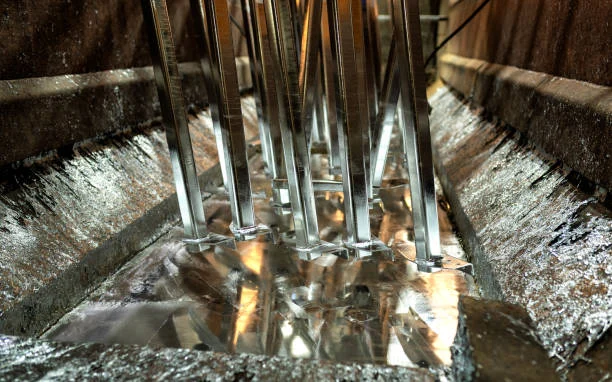
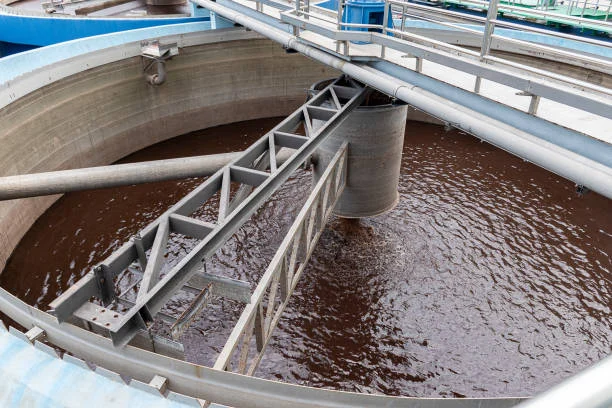
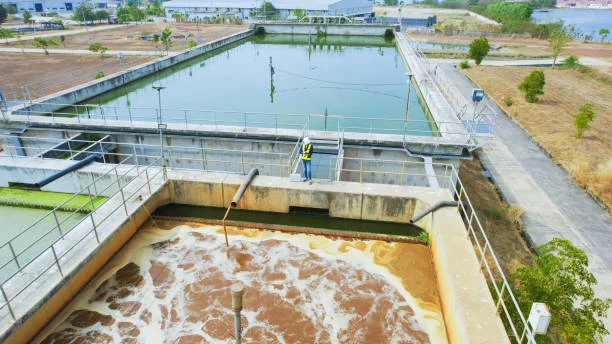
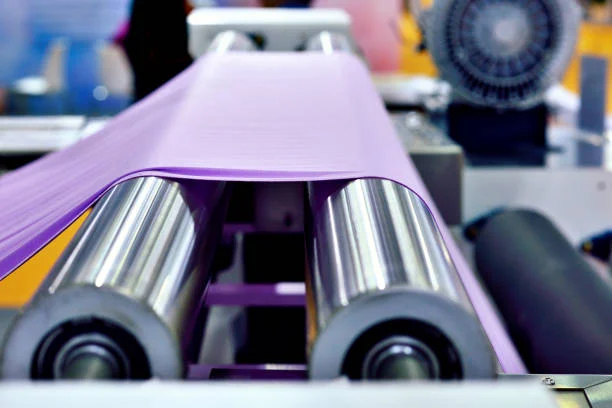
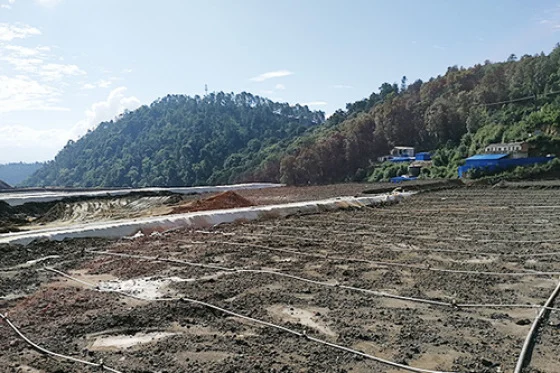
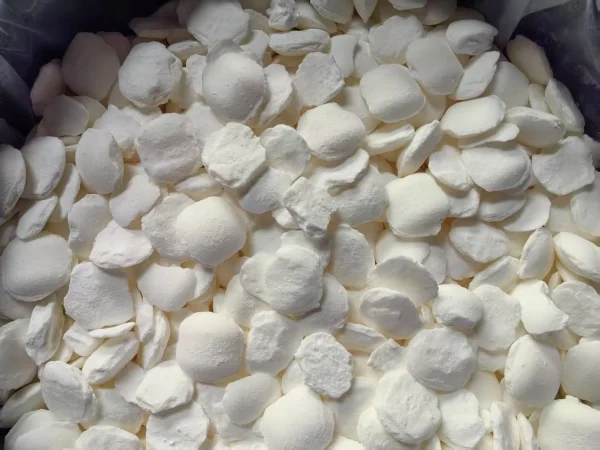
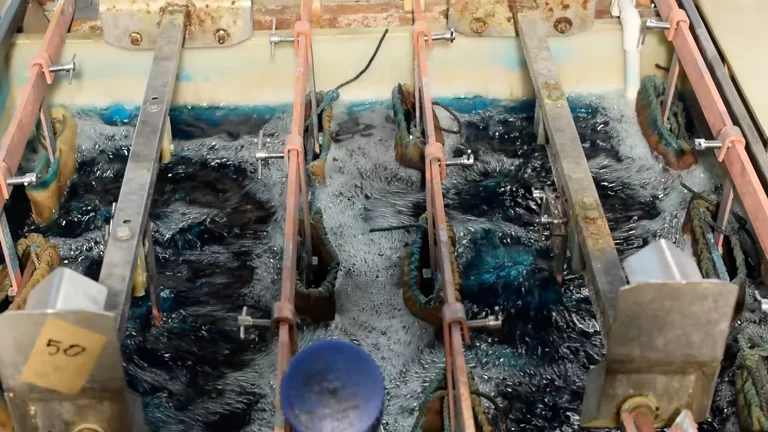



Online message consultation
Add comment: